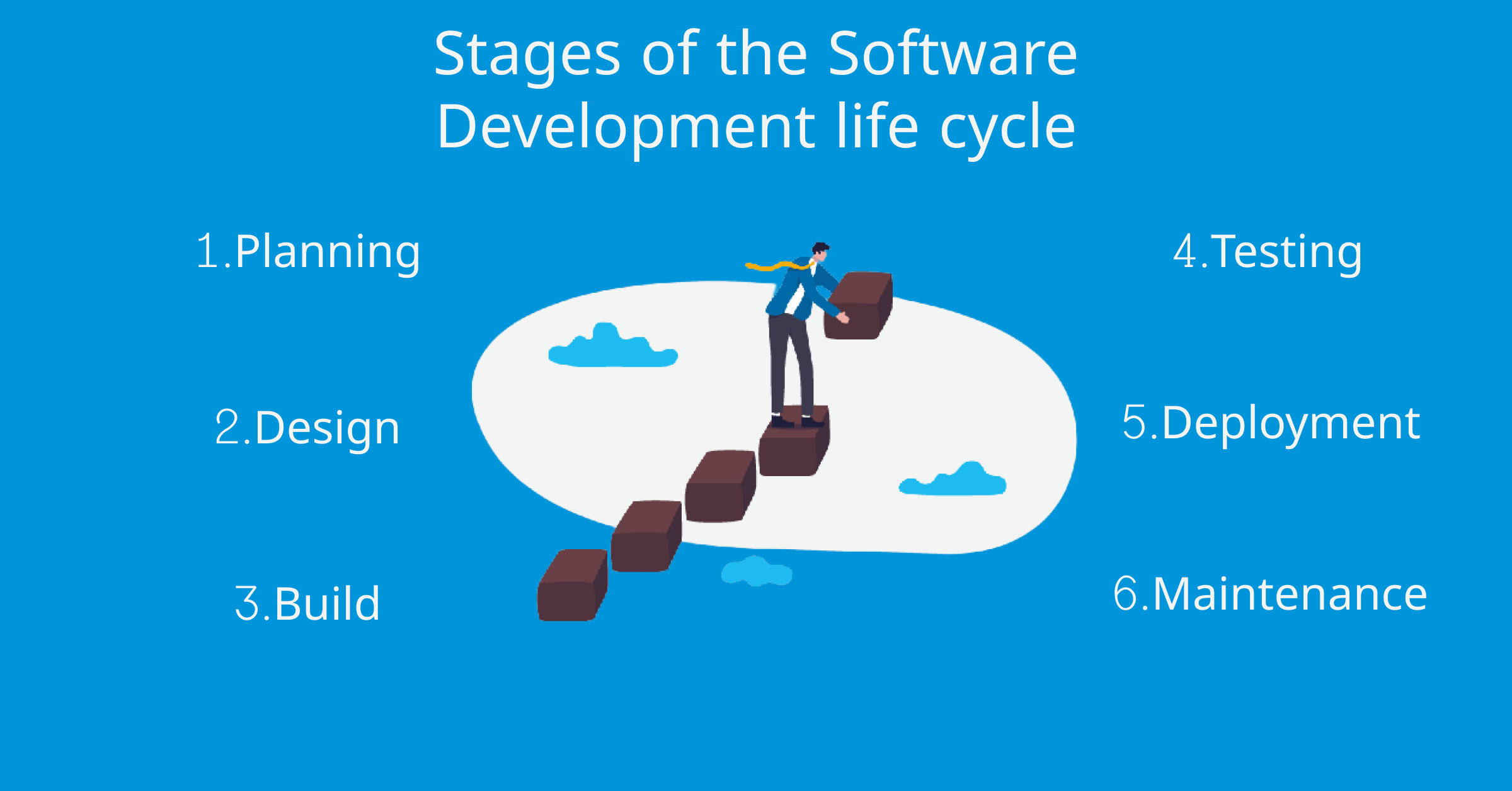In the world of software development, understanding the Software Development Life Cycle (SDLC) is like learning a universal language. It doesn't matter if you're a developer, a tester, or a DevOps engineer—SDLC is a fundamental concept that plays a crucial role in how software is designed, developed, and tested. So, let's dive into the world of SDLC and explore why it's essential for everyone in the software industry.
What is SDLC, and Why Is It Important?
SDLC stands for Software Development Life Cycle. In simple terms, it's a structured process or a set of industry-accepted standards that guide the creation of high-quality software. Think of it as a roadmap that software professionals follow to ensure that a software project is developed efficiently and meets the needs of the end users.
But why is SDLC so important? Well, imagine working in an organization, whether it's a small startup, a multinational corporation, or a tech unicorn. Each of these entities follows specific standards and practices to achieve success. To work effectively in such environments, you must understand and adhere to these standards. SDLC provides that common ground, ensuring that everyone is on the same page.
The ultimate goal of SDLC is to deliver software products of the highest quality to customers. It's all about building software that works as expected, meets user requirements, and is reliable and maintainable.
The Phases of SDLC
SDLC comprises several phases, each serving a unique purpose:

Planning and Requirements: This phase is all about gathering project requirements. You need to understand what the customer or end-users need. This often involves collecting feedback from potential users. For example, if you're developing an e-commerce platform, you'd investigate whether users are interested in a kids' clothing section.
Defining and Designing: After collecting requirements, the next step is defining how the software will meet those needs. This includes creating documents like Software Requirement Specifications (SRS). Additionally, high-level design (HLD) and low-level design (LLD) are crafted in this phase. HLD outlines the system's overall design, while LLD provides detailed design specifications.
Building: This is where the magic happens—the actual coding. Developers write the application code based on the requirements and designs. The code is stored in a version control system like Git, allowing multiple team members to collaborate on it.
Testing: Once the software is developed, it must undergo rigorous testing. The Quality Assurance (QA) team takes charge of this phase. They deploy the application to a testing environment and conduct various tests to ensure it meets quality standards.
Deployment: After successful testing, the software is ready for deployment. It's promoted to a production environment, making it accessible to end-users or customers.
The Role of DevOps in SDLC
Now, let's discuss where DevOps fits into this intricate process. DevOps (Development + Operations) engineers play a pivotal role in automating and enhancing efficiency within the building, testing, and deployment phases of SDLC.
Building Phase: In the building phase, DevOps engineers automate the process of code integration. They ensure that code changes from different team members are smoothly integrated. Tools like Jenkins are often used for Continuous Integration (CI), making the integration process seamless and efficient.
Testing Phase: DevOps engineers bring their automation expertise to the testing phase. They automate various testing processes, including unit tests, integration tests, and even deployment to testing environments. Popular tools like Selenium for web application testing and JUnit for unit testing streamline these critical steps.
Deployment Phase: DevOps engineers are masters of automation when it comes to deployment. They automate deployment processes to ensure deployments to production are smooth, consistent, and error-free. Tools like Docker for containerization and Kubernetes for orchestration play vital roles in ensuring reliable and efficient deployments.
By automating these phases, DevOps engineers significantly improve efficiency, reduce manual errors, and accelerate the software delivery pipeline. This automation translates to faster releases, improved product quality, and happier customers.
In conclusion, understanding the Software Development Life Cycle (SDLC) is crucial for everyone in the software industry, especially for DevOps engineers. SDLC serves as the backbone of how software is developed, and DevOps engineers play a vital role in automating and streamlining the building, testing, and deployment phases. This automation leads to faster, more reliable software delivery—an outcome that benefits both development teams and end-users. So, whether you're a seasoned developer, a curious tester, or an aspiring DevOps engineer, grasp the essence of SDLC—it's the foundation of the software world.
